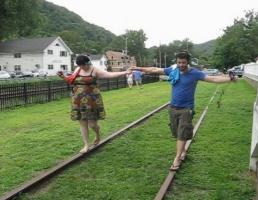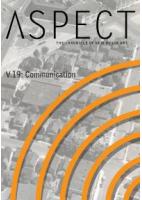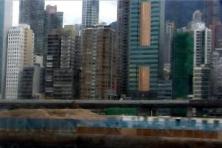Four Stories, Building
You are missing some Flash content that should appear here! Perhaps your browser cannot display it, or maybe it did not initialize correctly.

Four stories, building is a participatory soundwalk for groups of four simultaneous participants. This project was designed for a site between an old grain mill and a rail line on the grounds of the Wassaic Project, Wassaic, NY for their summer festival in 2011.
Each participant listens to a unique audio track that intertwines instructions for movement, narration, music, and additional sonic textures. Through stories about disability, physical connection, and sensory experience, the narratives speak about mediated vs. face-to-face experience, aspects of relationships, ways of communicating, and notions of public vs. private experience. The instructions for movement create choreographed moments between participants, asking them to interact with each other and other people at the site.
The spoken component of Four stories breaks down into two categories - navigation and narration. These two ways of communicating that are structural elements of the piece, are received differently by participants. One - navigation - asks that a participants think outwardly and respond to the information received. The narrative pieces pull the participant inside their head, disconnecting them from the world outside, with the exception of moments that refer to the world outside.
The narrative elements tell several different stories that variously deal with mediated experience, ways of relating, ways of communicating and trust, by way of stories about blindness, loss, longing, and physical connection.
With this genre - headphone-based participatory soundwalks - I am interested in several things, one being the decentralized, scattered, layered sense of the work itself in terms of it's reception.
These works are a mediated experience, yet they encourage, invite, coerce, compel a participant to have an actual bodily experience in the physical world, sometimes with other people. One concern of these works is competition we face between communications and relationships of a mediated nature vs. face-to-face interactions. This is not to suggest that I have worries that we are becoming too virtual, or too post-human. There are growing pains when faced with any technological change, whether it be one that changes/enhances the way we communicate, the way we move across space and geography (transportation), the way we deal with health and dying, or methods of destruction and killing. All of them are up for debate and all of them have an introductory period where they aren't part of the social fabric and are strange.


